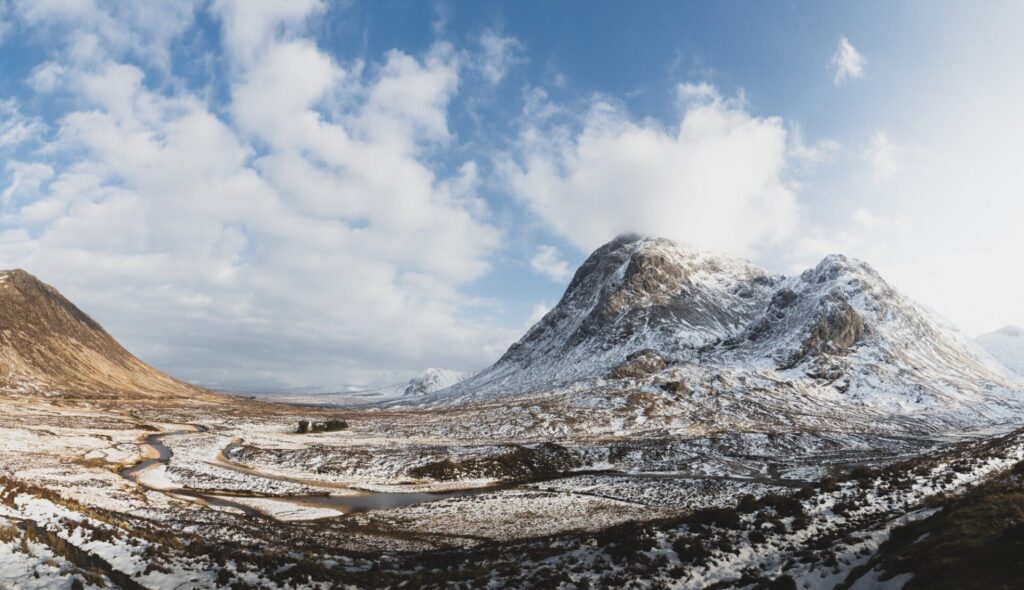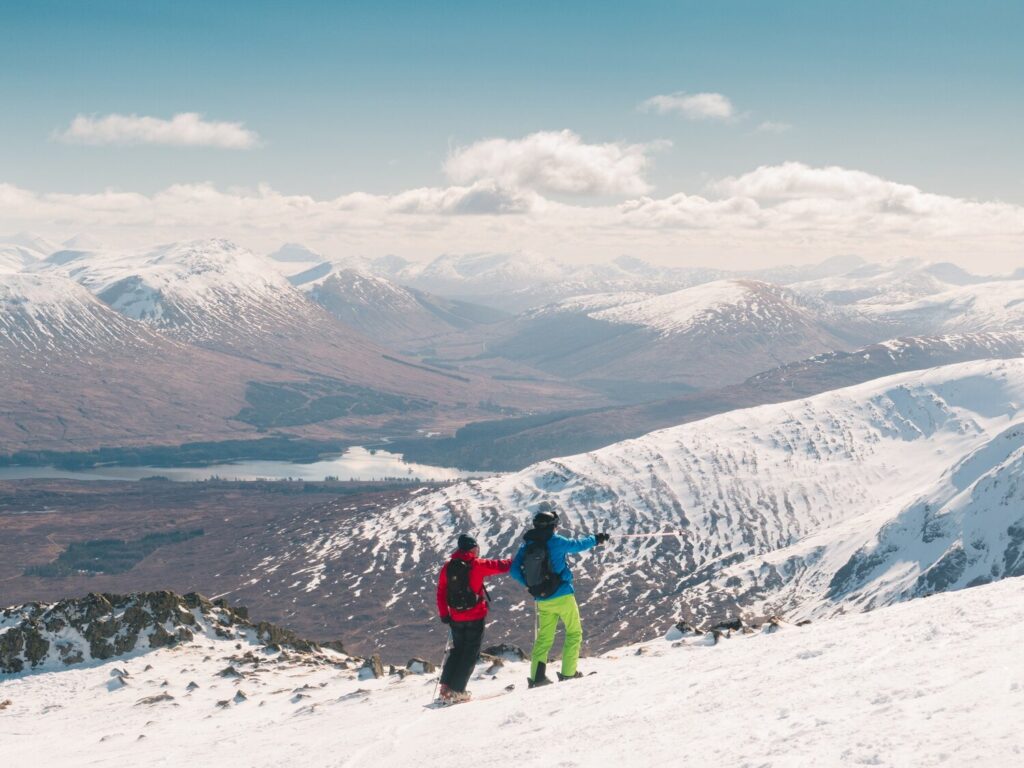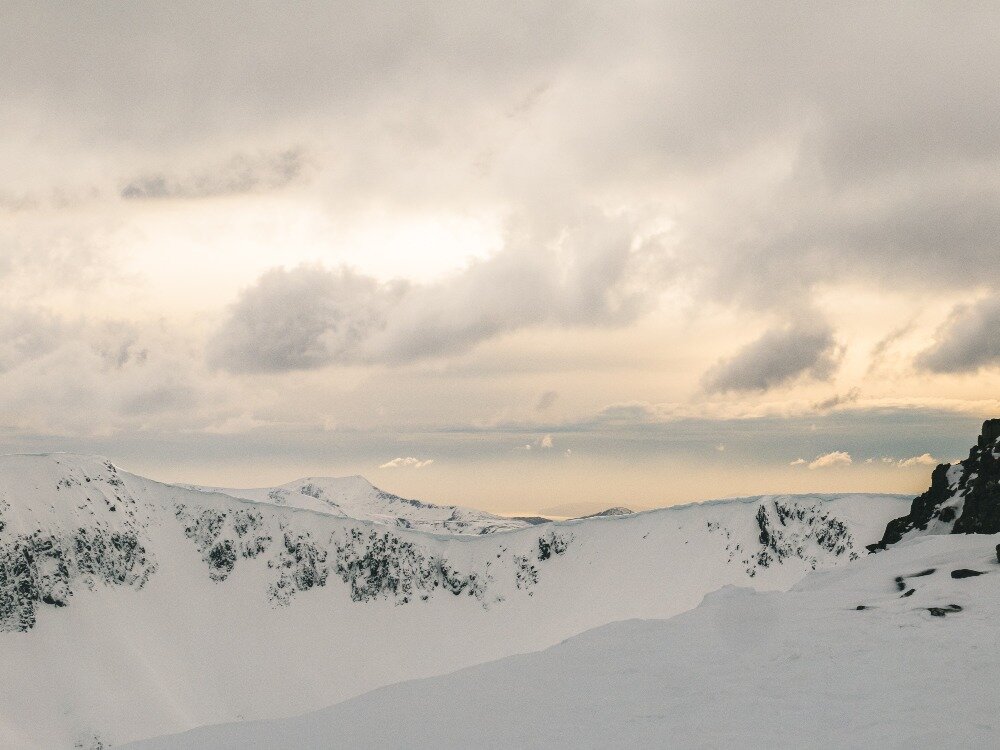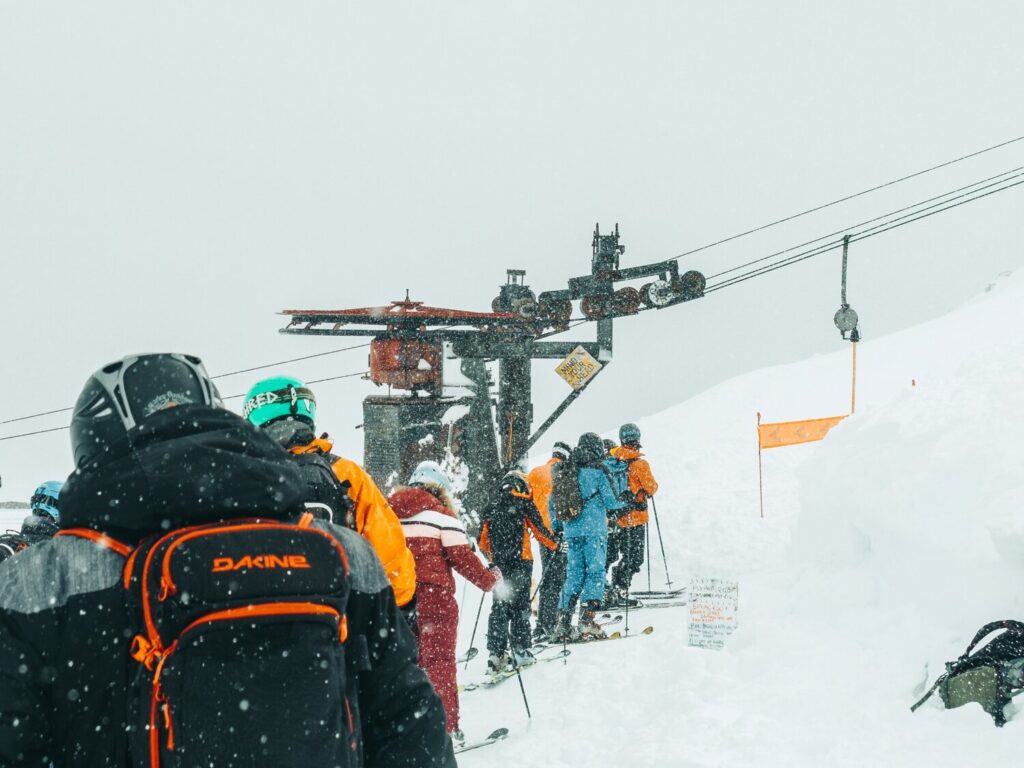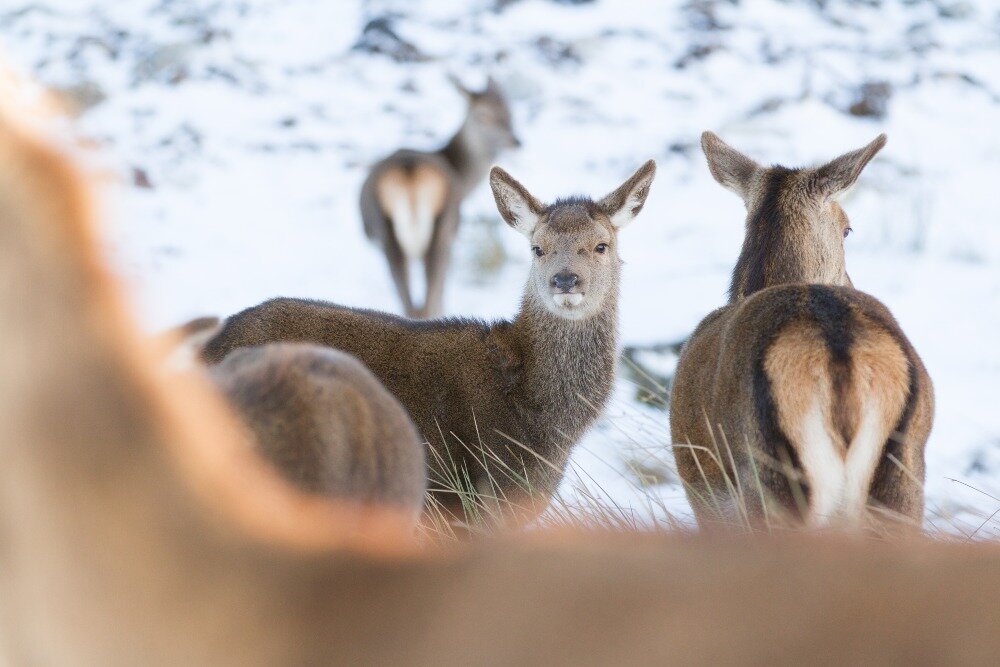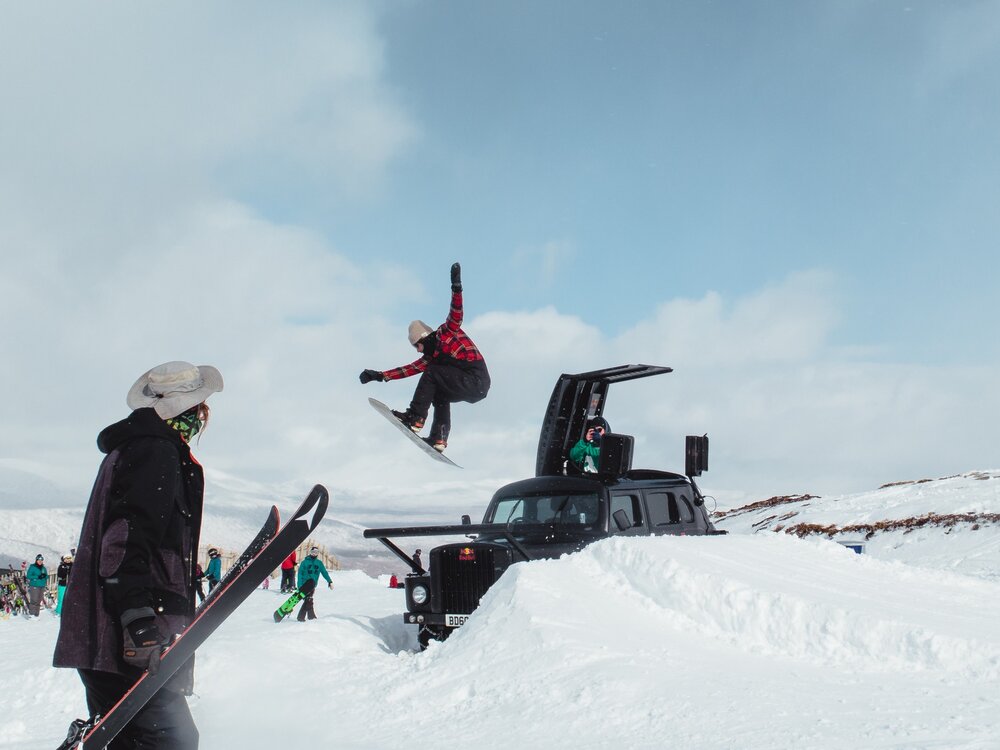Michael MacDonald is a graphic designer and photographer from the west coast of Scotland with a passion for hiking, biking, and most of all, snowboarding. As a volunteer and activist for climate charity Protect Our Winters UK, he hopes to inform and empower others to help protect the places we love. During winter, you’ll find him sliding sideways at Glencoe Mountain in the Scottish Highlands.
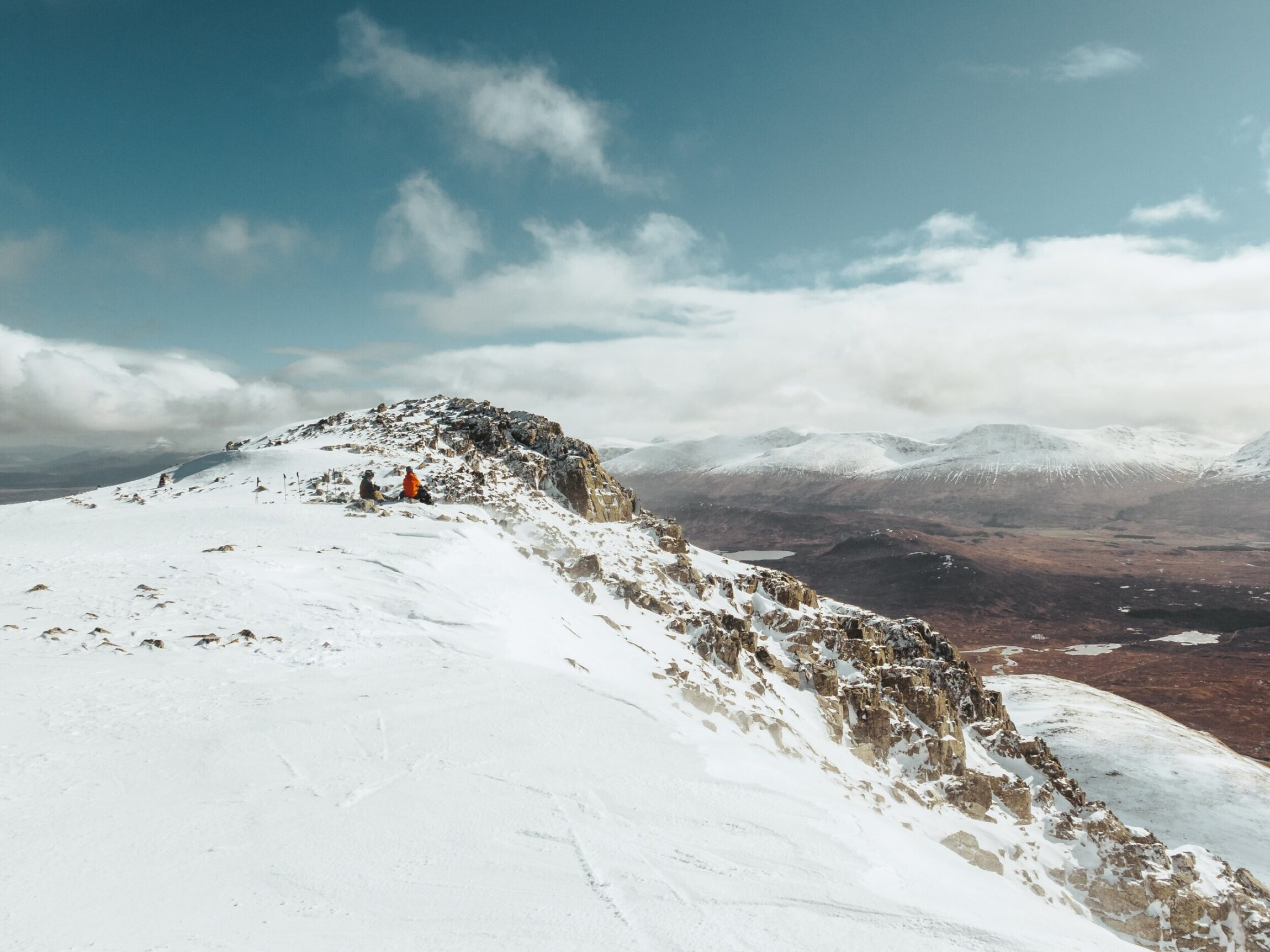
The sun is shining bright on a mountain sporting a full cover of snow. The kind that twinkles in the light. Despite being a keen weather watcher, I hadn’t expected a fall of snow during the night. The bottom drag lift even had to be dug out in the early hours. By the time I make it up the hill, some short lived snow flurries have passed through, but it’s not long before there are blue skies. Temperatures are just cold enough to keep the snow fluffy. It’s going to be a stellar set of days. I’ve used the last of my annual leave to take Thursday and Friday off work for a long weekend of snowboarding at Glencoe Mountain Resort.
The ‘Mighty Coe’, as some of us regulars call it, is the oldest of the ski centres in Scotland. The brainchild of RAF pilot Philip Rankin, the first permanent ski lifts started running here in the 1950s. Glencoe has continued to beguile hardcore skiers and snowboarders as well as those looking to get started in winter sports. Its proximity to Glasgow means it has always been a popular Highland destination when the weekend comes around.
I work only to live and sometimes it feels like I live to snowboard. I’ve been doing it since the ‘90s, but I’m far from being an expert. I just love being on snow, immersing myself in the mountain environment and, equally as important, the snowboarding culture amongst the community at Glencoe.
The T-bar ski lift drags me into the cobalt blue of the sky, with the pristine white and burnt umber landscape surrounding me. The location itself is a huge part of the draw here. The mountain sits above Rannoch Moor, a huge expanse of peat bog and silvery lochans. The mountain’s real name is Meall a’ Bhùiridh, pronounced mee-yowl a voory. This is Gaelic for the ‘rounded hill of the bellowing’ (of red deer stags). An appropriate name, as red deer probably outnumber humans in these parts.
The hill is also home to the swift mountain hare which often mocks the hiker or ski tourer with the ease in which they run uphill. My favourite resident is the dapper Ptarmigan, at this time of year resplendent in white, with darker flecks starting to make their way through. It must be one of the hardiest creatures on the mountain. Their croaky call can often be heard among the swooshing sound of skiers and the clanking of the ski lifts.
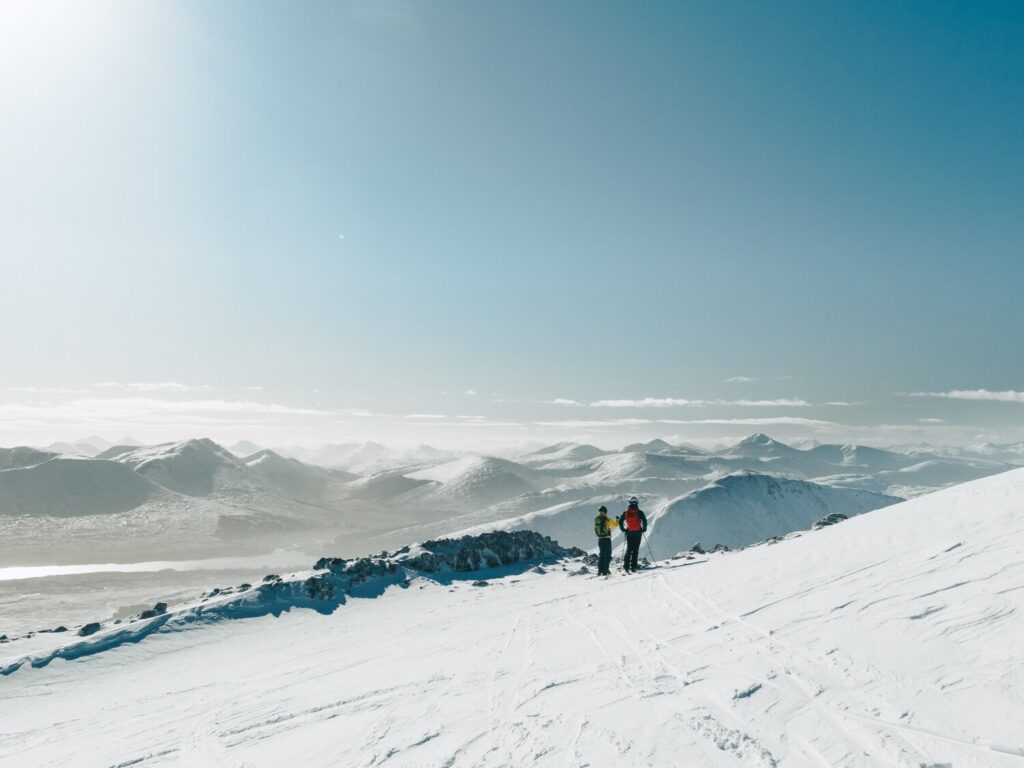
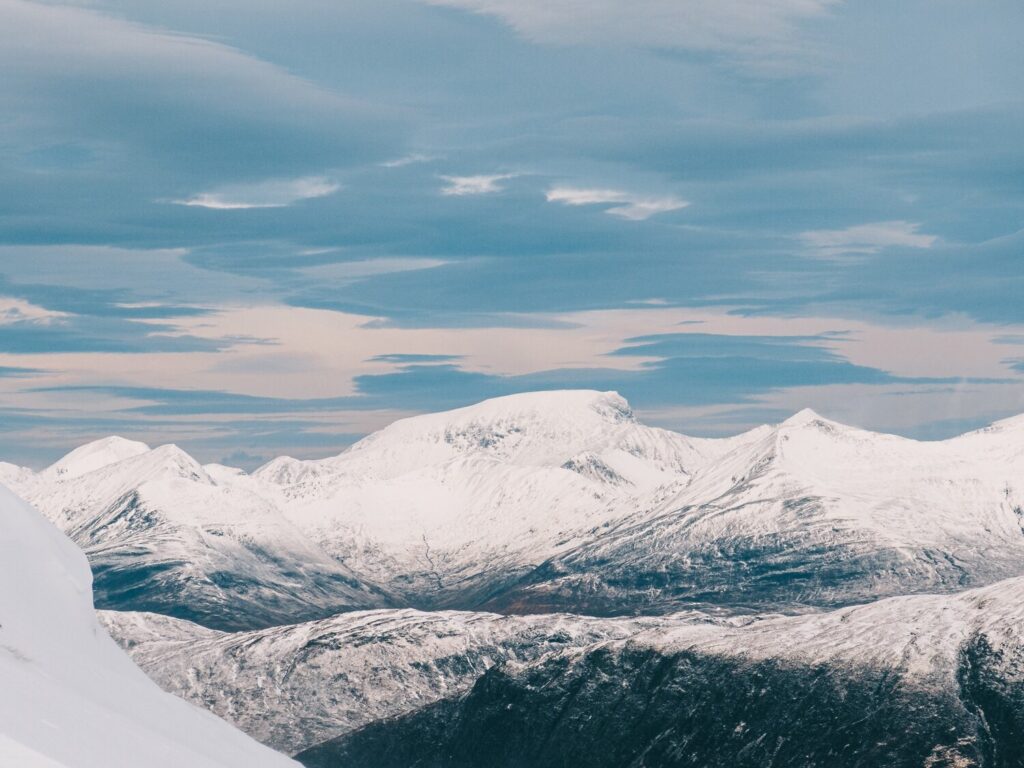
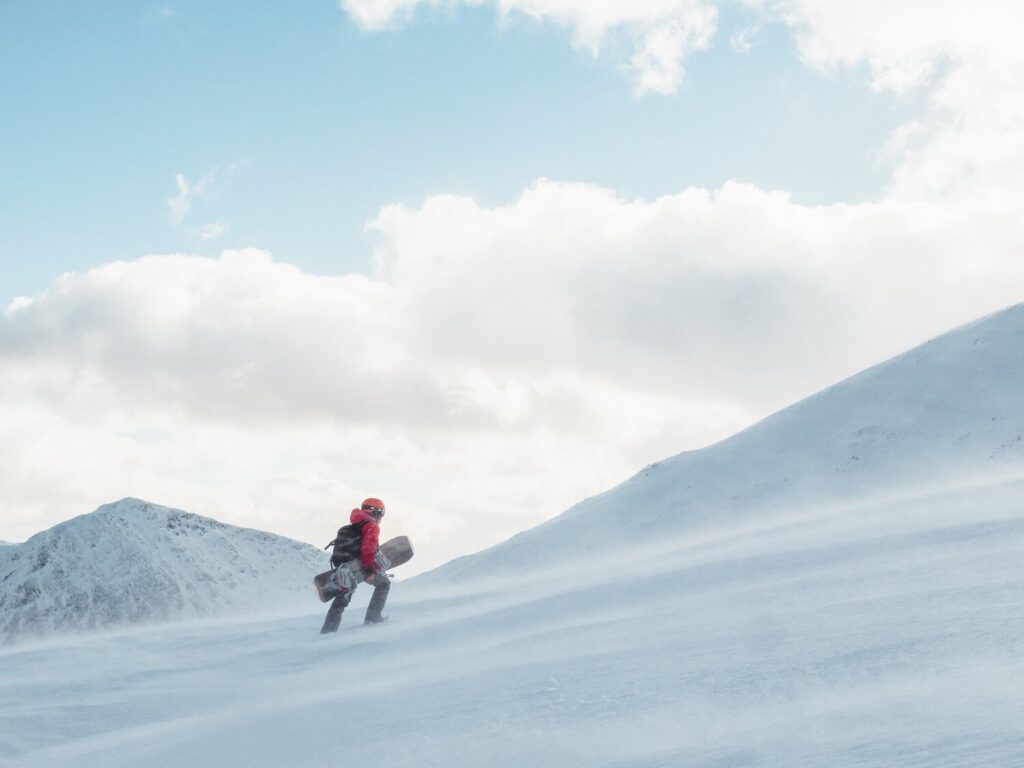
Out of the turn, I rise up and feel weightless, before sinking down into the next turn. It feels almost meditative
I walk across the summit ridge. The main pistes lie on the northern face of the mountain, but looking to the south, across Creise and the Black Mount, you see mountains repeating skylines into the haze past Ben Lui and on to Ben Lomond. If you look west past Ben Cruachan, you can make out the sea and the Isle of Mull. East you have Rannoch Moor itself with Schiehallion (the Fairy Hill) in the distance. To the north you have Ben Nevis, the highest mountain in the land. I often stare at these views for hours.
I reach the top of Spring Run, one of my favourite marked runs. As its name suggests, it comes into its own in springtime, as the snow becomes more granular, sugary and generally more fun. It’s relatively steep, but not so much that the thrill is over too soon. I strap into my board with the familiar sound of the ratchets tightening. With a hop I turn sideways and slide down this red-rated piste with large swooping turns from toe side of my snowboard to heel side. I feel myself sinking into each turn and as I dig the rails of my board deeper into the snow. Out of the turn, I rise up and feel weightless, before sinking down into the next turn. It feels almost meditative. I think of little else other than the feel of my turn, the consistency of the snow. I listen to the sounds too, the quieter the better.
There is an aesthetic quality to a turn. I stop halfway down to assess my line in the snow. It felt nice. I like the line I left. I cut across into The Flypaper. I’m cheating a bit. The Flypaper is Scotland’s steepest marked black run, but I’ve dropped in part way down, avoiding the steepest section which would be over too soon. This is the beauty of Glencoe. When I use the term piste, I use it very loosely. At the Coe, you go anywhere you want. It’s a true free-ride paradise where riders use whatever nature has provided. There is minimal manicuring of the snow slopes here, and that’s the way we like it. I was hunting for the best snow that would satisfy my love of turning my snowboard. It’s a simple pleasure. Maybe that’s what makes it so mindful.
I return to the summit for lunch, where the sun was still shining. There’s a strange atmosphere on the hill. It’s very busy for a Thursday. Many I’ve spoken to had intended to be abroad on ski holidays.
It’s April 2020, and Scotland’s ski centres are enjoying a late dump of snow that would easily see them into May. That’s nothing unusual in itself, but the earlier months in the year provided little snow, just battering storms, so the season didn’t get off to a great start. Despite this setback, and the fact Glencoe had completely lost its main cafe to a fire at Christmas, things had been looking up. But, as we are now all too aware, this was a false hope.
But snowboarding is the perfect way to take my mind off the insecurities that the prospect of an impending pandemic and a national lockdown may bring. And so, facing the immediate threat of a life without it, I strap in and get back to slashing snow. It feels like we’re on borrowed time. Just another disaster for Glencoe to deal with in this terrible season, but also something every one of us will be affected by. I return to the car where I would be spending the night.
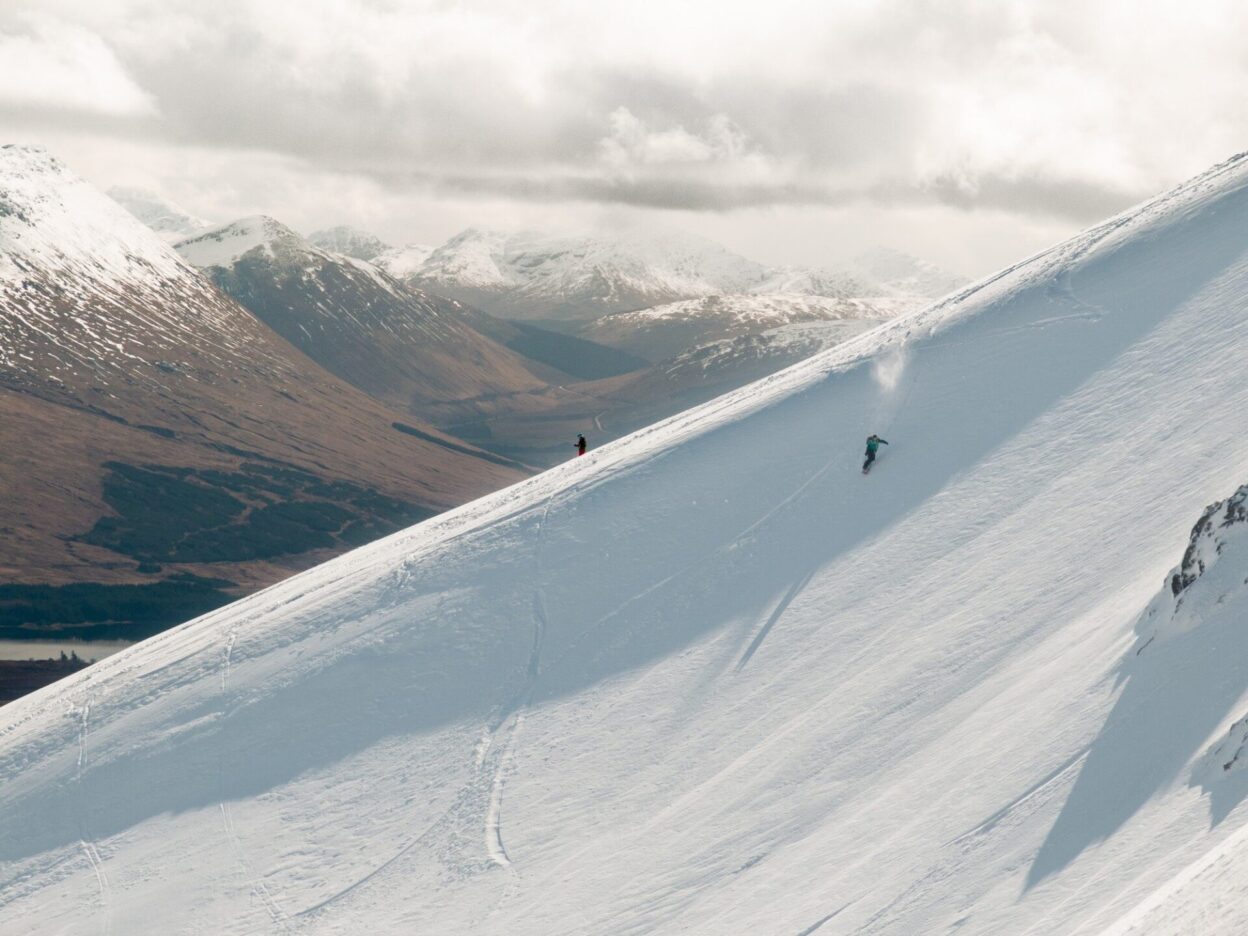
I have been fortunate to combine my day job with my passion. As a graphic designer for an outerwear brand, its common that I see skiers and snowboarders wearing gear that I have been involved in the design of. And in 2017, I answered a call from the UK chapter of Protect Our Winters (POWUK). I jumped at the chance to contribute and found myself producing literature, infographics, and contributing digital content too.
Founded in 2007 by snowboarding pioneer Jeremy Jones, widely regarded as one of the most legendary big mountain riders, POW is a global cause that unites the winter sports community against climate change.
Unfortunately, it feels all too natural to compare lockdown to the looming catastrophe that is the climate crisis. The effects of which will be much more devastating than the pandemic has been.
It’s not as simple as saying the world will be too hot for snow and we won’t be able to slide down hills anymore. As skiers and snowboarders, we’re witnesses to many of the changes, be they much-reduced glaciers or increased instabilities in snowpack. The issues are nuanced. The low-lying Scottish resorts do suffer from inclement weather, sometimes a lack of snow, sometimes a ton of snow. It’s always been like that here.
This is what confuses many when we talk about warming of the planet. In many cases we may actually see more snowfall. However, we are talking about the bigger picture here. As a volunteer for Protect Our Winters UK, it is not just for winter sports participants. It’s about equipping the greater outdoor community and industry to take positive action on climate change.
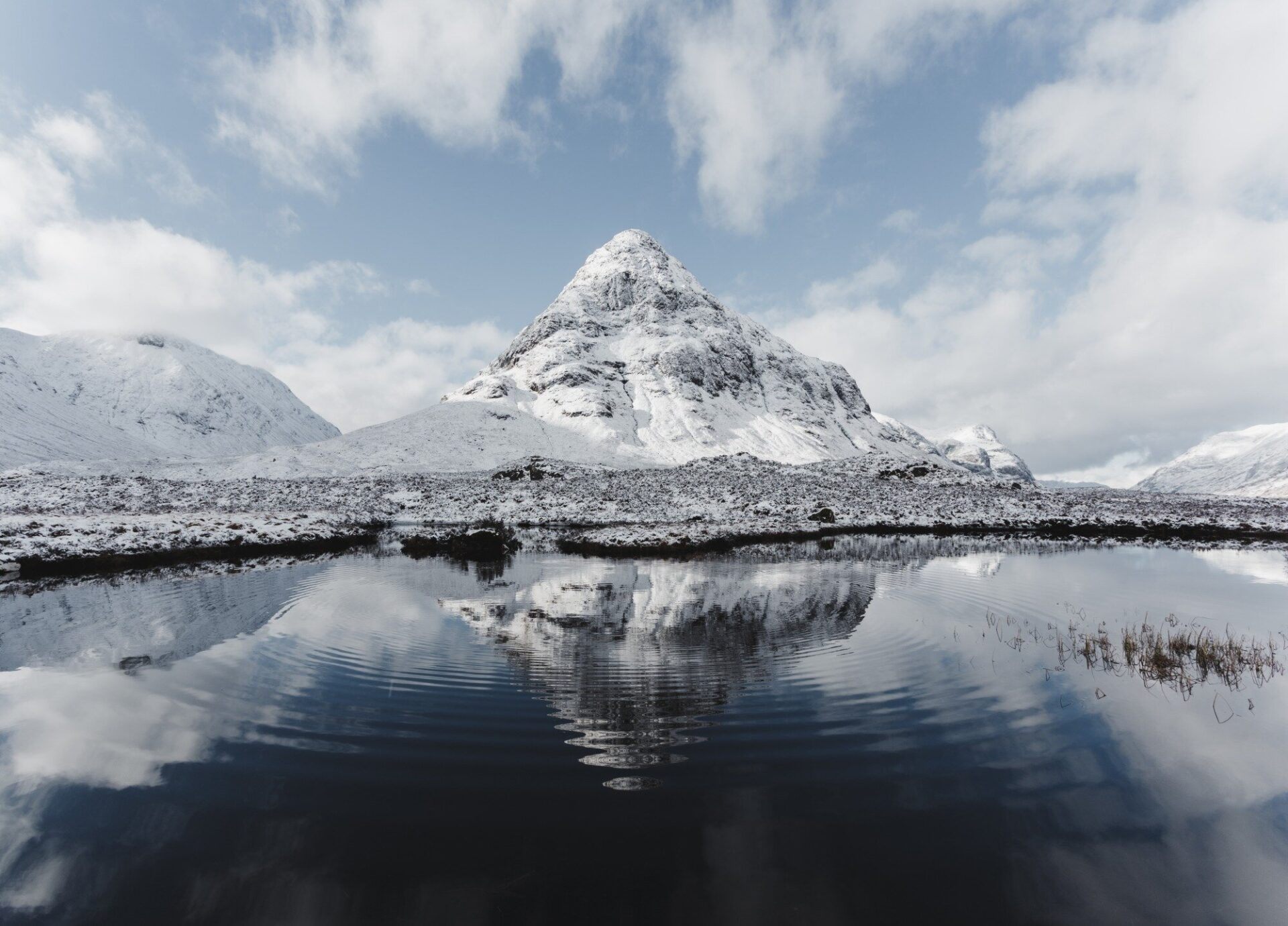
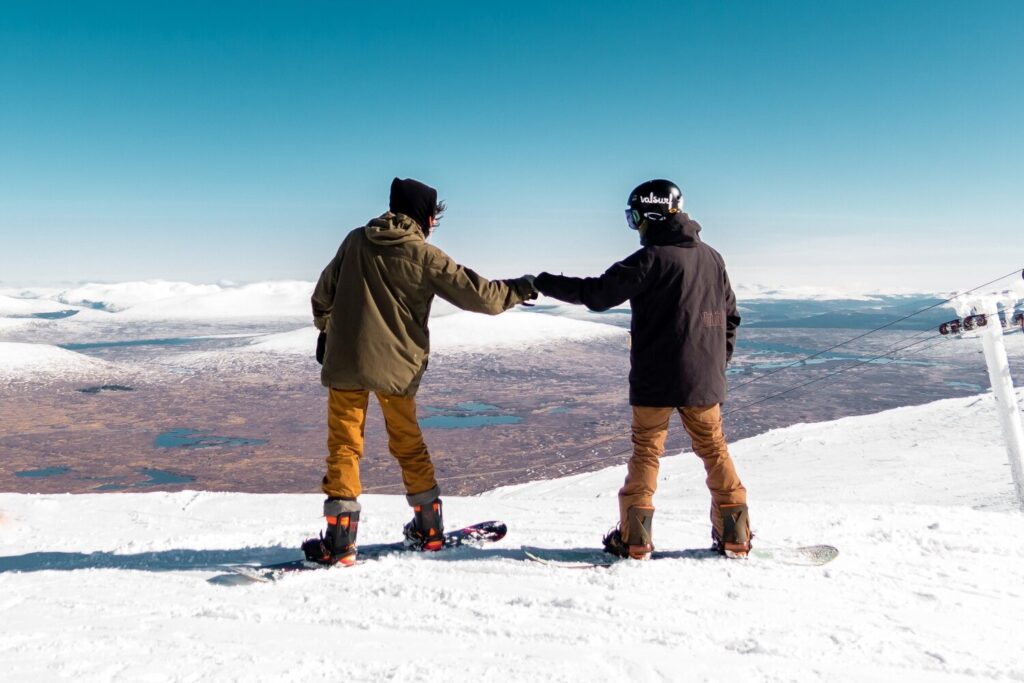
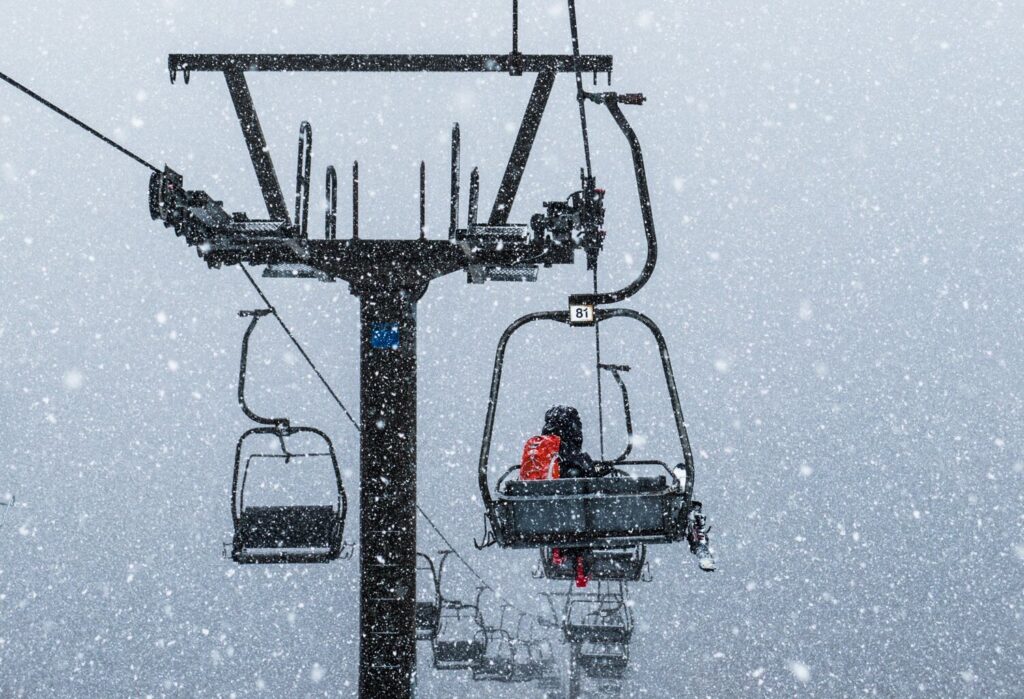
These are all important reasons for taking action. But when I think about it, maybe I have more selfish reasonsa
So why do I get involved? If we don’t reduce our carbon emissions (the main contributor to the crisis), it’s more than being a snowboarder who doesn’t want to see shorter seasons in the Alps. It’s more than a concern about rising sea levels, mass migration, and instability caused by the collapse of agriculture around the world. These are all important reasons for taking action. But when I think about it, maybe I have more selfish reasons.
Right up there as a number one reason is guilt. Through my photography I promote the places I visit. Am I part of the problem? I fly to get my fill of snow. How many tons of carbon did my last trip pump into the atmosphere? Further heating this world I want to stay cool.
These are the kinds of contradictions that can easily prevent individuals from taking positive actions. But especially at POW UK, we acknowledge that hypocrisy. We don’t try to say, ‘don’t do this’, ‘you mustn’t do that’. Any action is better than no action, and just keeping the conversation going has a huge potential for change.
Unfortunately, it’s human nature to turn the other way and ignore impending catastrophe. It’s a natural coping mechanism. It’s why, at POW, we try and avoid focusing on doom and gloom. Instead, what we need to do is get people motivated. This can be through new opportunities; through sport, jobs, or simply saving money. POW UK are here to encourage and enable people.
We feel it’s better to focus on the joy of what we have, and how if we act now we could be just in time to save a lot of the places we love.
I wake up in the back of the car with the access chairlift running above. It’s not as sunny today, but I’m determined to make the most of it. We don’t know how much longer the ski areas will be open.
Main Basin itself is fast and smooth and to be honest, I don’t stray far from it for most of the day. Combined with the best snow, and the fact the lower T-bar stayed off, it’s the best option. I’ll save Spring Run for the end of the day.
It’s not long before there’s solid info that this is to be the last day of the season. I decide to make the most of the rest of the afternoon. Savouring every turn. It’s a bit strange that I’m staying in Main Basin despite the full cover on the hill. I just want to enjoy the best quality snow as long as I can.
When it’s time for last lift, the hill is quieter, many having already made their way down.
At the summit I walk along the ridge, stopping to take in the sight from over the back. One last time. This final run of the day takes me out wide and onto the road with amazing views of Buachaille Etive Mòr. So that’s it.
I walk down the road with fellow snowboarders, chatting about that last run, and telling stories of the Coe and the season. I check the website when I get down. Despite their best efforts, Glencoe has indeed called an end to the season due to the Coronavirus.
As I drive away, I stop at the office to say thanks for all they have done this season. Turning onto the road, I look back up at the mountain. It’s in full cover. As much snow as you could ever want.
The weekend weather has been perfect, with a huge amount of snow. Only for it to be taken away from us. It made me think of living without access to snow forever. Glencoe will recover from the pandemic, just as it has done from storms, and fire. But as for what else is coming? That’s down to us. All of us.
To read more about Michael’s snowboarding adventures on Glencoe Mountain, head to DiscoverInteresting.com.
Don’t miss a single adventure
Sign up to our free newsletter and get a weekly BASE hit to your inbox
You might also like
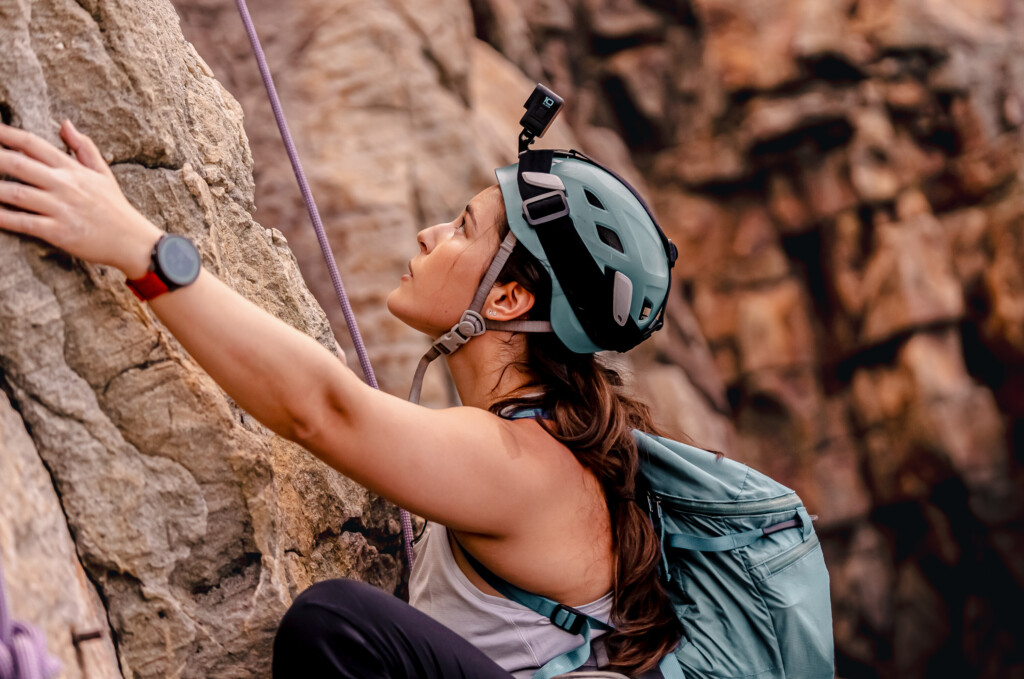
Photo Essay • BASE editorial team • Mar 18, 2024
Hunting happiness through adventure in Taiwan
BASE teams up with adventurer Sofia Jin to explore the best of Taiwan's underrated adventure scene.
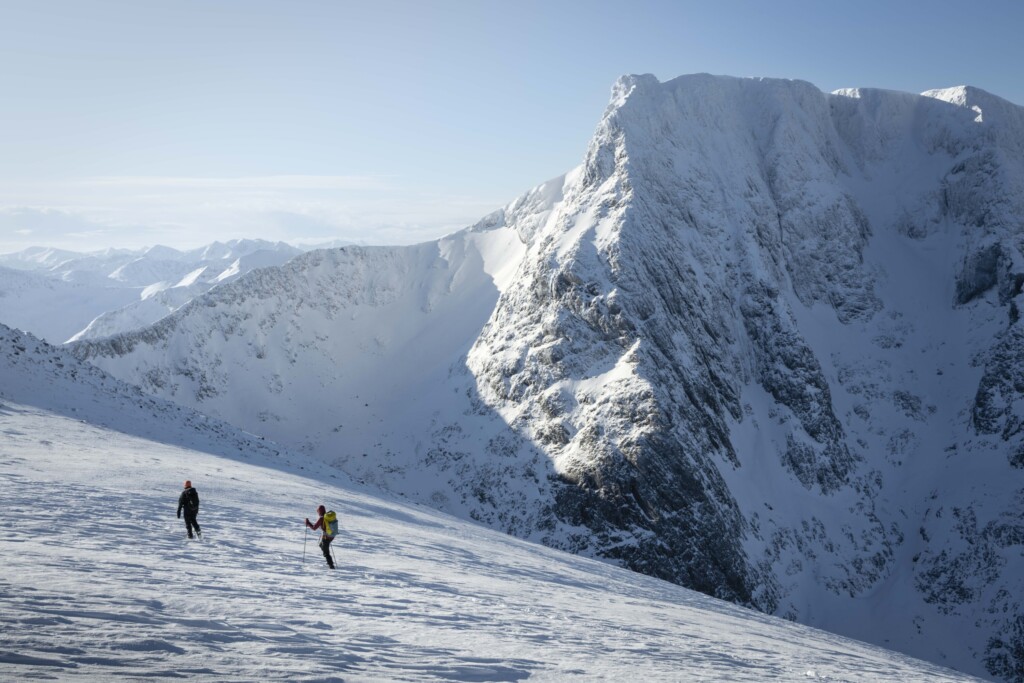
Story • BASE editorial team • Nov 21, 2023
Five Epic UK Climbs You Should Try This Winter
Craving a snowy mountain adventure? Inspired by the Garmin Instinct 2 watch (into which you can directly plan these routes), we've compiled a list of five of the best for winter 2023-24!
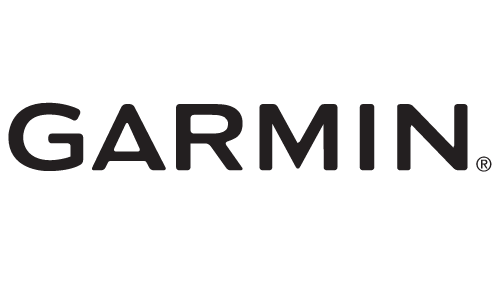
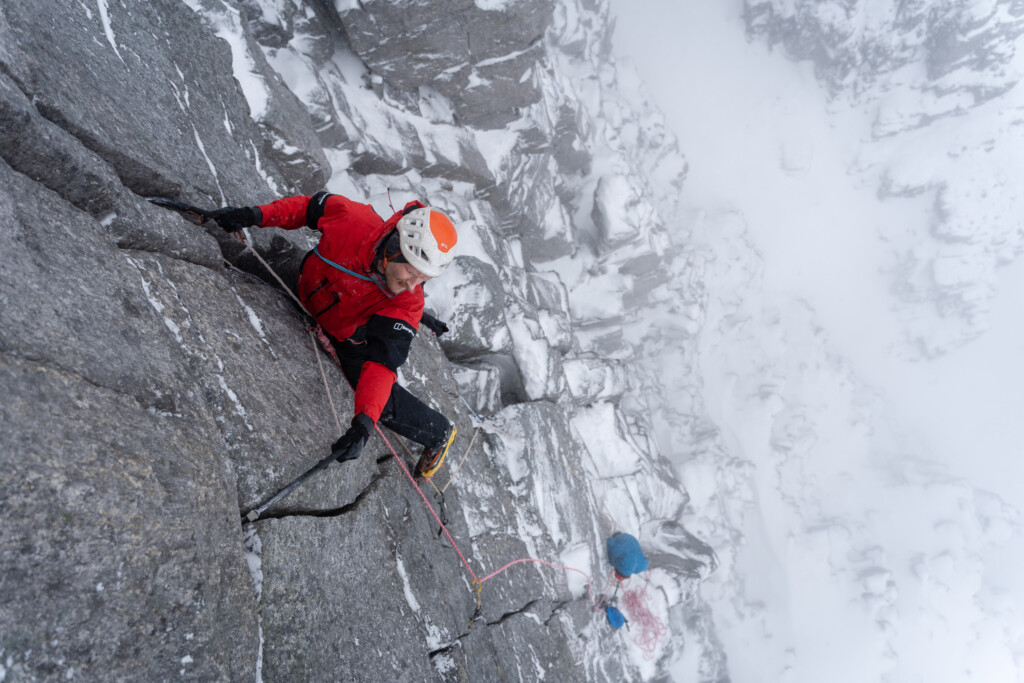
Video • BASE editorial team • Jul 21, 2023
Merging Two Lives: The Personal Journey of Hamish Frost
The challenges and triumphs of embracing sexuality in the outdoors
